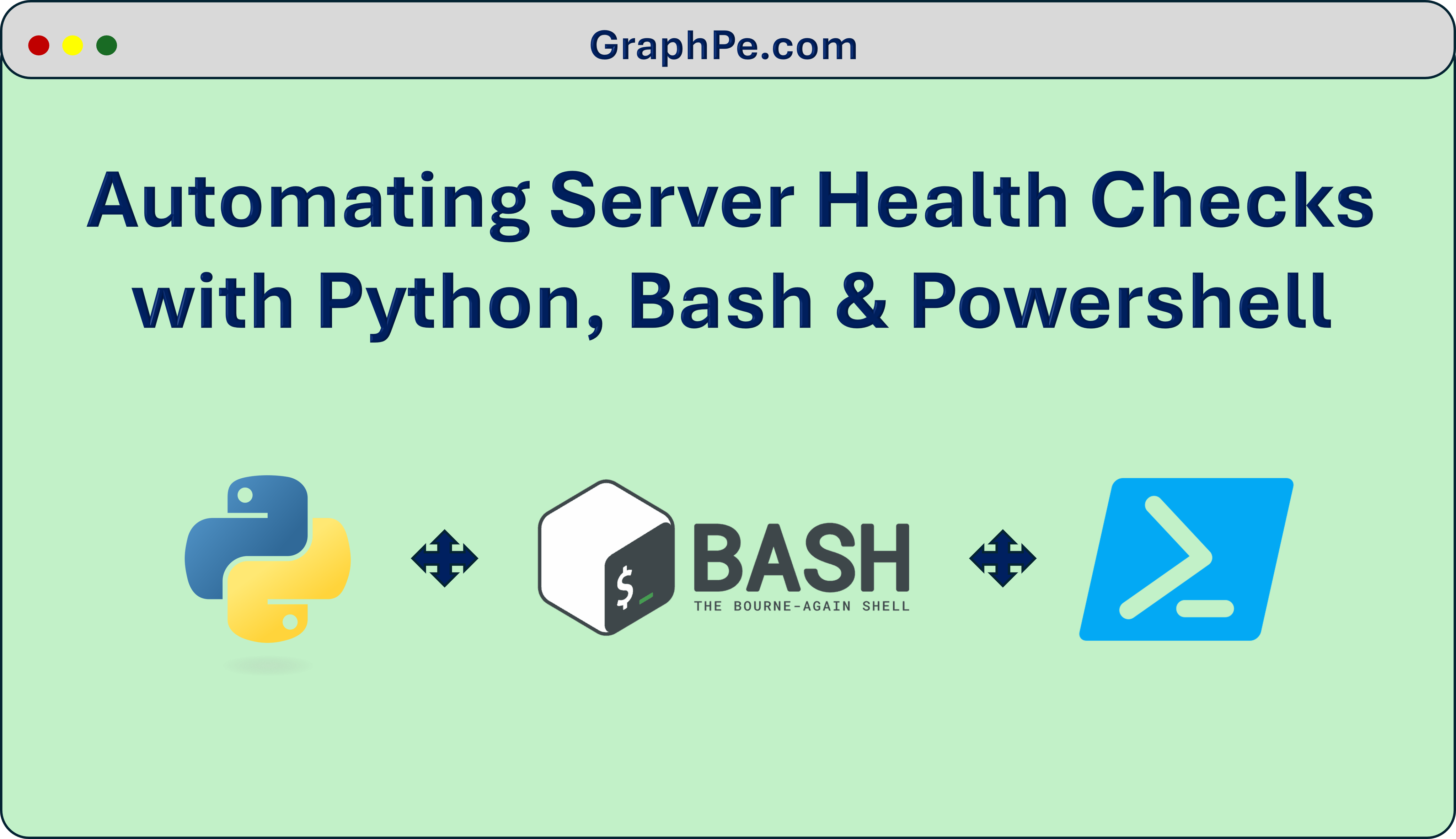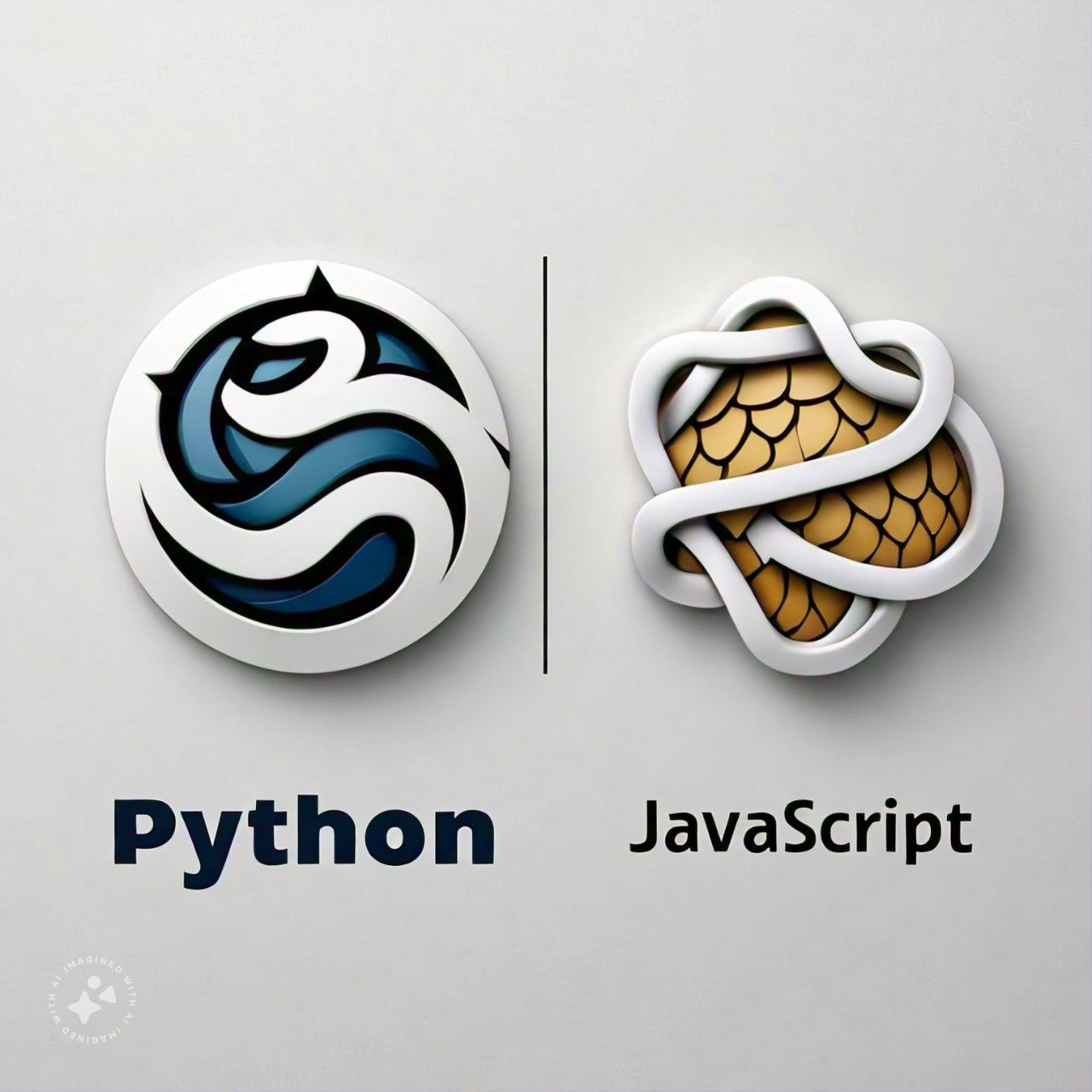One of the coolest things about Python List Comprehension is that how it make it super easy to create and manipulate lists in one liner. A list comprehension is a concise way to build new lists by transforming and filtering elements from an existing list.
This feature is one of Python’s way of making code more readable and efficient, and it’s a great tool for beginners to learn.
Instead of writing multiple lines of code with loops and conditionals, you can achieve the same result in a single line using a list comprehension.
Here’s an example of how we’d normally create a list of squares using a for loop:
squares = []
for i in range(5):
squares.append(i**2)
print(squares)
# Output: [0, 1, 4, 9, 16]Now, using a Python list comprehension, you can do the same thing in just one line:
squares = [i**2 for i in range(5)]
print(squares)
# Output: [0, 1, 4, 9, 16]As you can see, the Python list comprehension is much more compact! It combines the loop and the list creation process into one step. You can also add conditions to a list comprehension, filtering out elements you don’t need. For example, let’s create a list of only even squares:
even_squares = [i**2 for i in range(10) if i % 2 == 0]
print(even_squares)
# Output: [0, 4, 16, 36, 64]You can see that only numbers that are divisible by 2 are squared and added to the list. List comprehensions are an easy and powerful way to write clean, readable code. Once we get used to them, they can make your Python code faster to write and more efficient to run.






One thought on “Mastering Python List Comprehension”